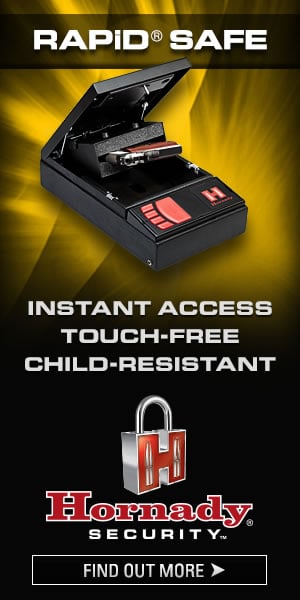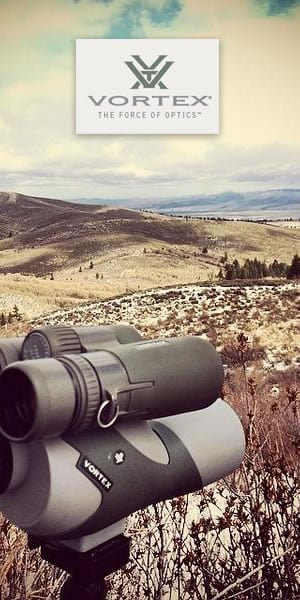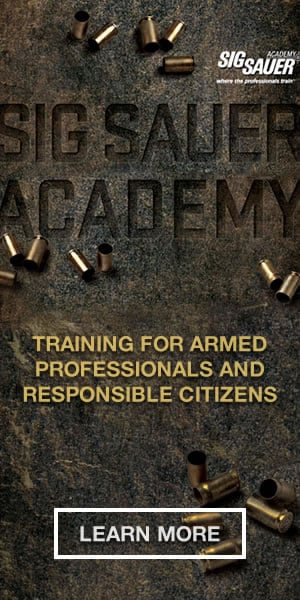I was a young kid in the 1960's during the Vietnam War, and grew up watching shows like "Combat", as well as war movies. So I tended to pay attention when my dad pointed out articles in the paper related to Vietnam, particularly when it came to weaponry used.
I remember when the AR15 (AR stands for Armalite, the company that developed it, not "Automatic Rifle") was adopted by the military as the M16 with a great deal of fanfare. This new lightweight, "space age" rifle made up of steel, aluminum and Bakelite quickly developed a fearsome reputation for jungle fighting effectiveness due to the terrific "buzzsaw" effect of the tiny .22 caliber bullets that tumbled and turned when they hit soft flesh. But the news the new rifle was wasn't all good. In fact, early on most of it was bad.
There were some major reliability issues that surfaced almost immediately when the M16 found its way into the jungles of Vietnam, which resulted in hopelessly jammed rifles and dead troops. The reason for the jammed rifles was that the M16 was rushed into the field without adequate trials and testing. The bugs were worked out in actual combat, and not on the range. The two main reasons for the jams were that the M16 was issued without cleaning equipment thanks to executives at Colt-who taken over the design from Armalite. These executives believed this revolutionary rifle was practically self-cleaning. Quite to the contrary, they were particularly dirty shooting since the ammo that was issued contained the wrong powder, which was the second reason for the jamming.
I was reminded the other night about how much the M16's problems were in the public eye back then. I was watching Decades TV, which was running a 1969 episode of "Rowan and Martin's Laugh-In", a very popular left wing leaning variety show at the time. In one skit Dick Martin was facing what appeared to be a French Foreign Legion firing squad. As Martin was giving his last request, the officer in charge of the squad leaned over and told him "Don't worry, we are using the new M16 army rifles".
Times and the AR15 changed greatly since 1969. The AR15 is now one of the most reliable rifles out there, having served as our primary military service rifle for 53 years now-an all-time record for the U.S. It is so popular that it is commonly known as "America's Rifle". Colt, once the only game in town when it came to ARs, began to have some serious competition once the 1994 Clinton Assault Weapons Ban sunsetted in 2004. Now manufacturers of this fine weapon are almost too numerous to keep track of.
The problem with all this popularity is that first time AR buyers can find selecting one a bit bewildering due to all the choices. Rather than trying to assist you in the selection of your first AR15 by recommending specific brands, let me assist you by describing three general categories of off-the-shelf ARs from which you can choose. All types are assumed to be of 5.56/.223 caliber, which is the original chambering of AR15/M16.
Basic Models
If you are going to purchase an AR just to own and shoot occasionally-whether you really want one or because someone is trying to tell you that you shouldn't be allowed to own one-then this is the place to start. Basic rifles are designed to operate without add-on accessories.
The basic ARs are generally Mil-Spec standard. That means they are as close to the original as issued military M16's, but are not capable of fully automatic fire, and thus are not true "assault weapons". Whether they are full length rifles like the original M16 with 20 inch barrels, or 16-inch barrel M4 Carbines with adjustable stocks, they will come equipped with the original military carrying handle/ adjustable rear sights that are either permanently affixed (A2 Configuration) or removable (A3 Configuration) and the adjustable "tower" style front sight. The A3 carry handle/sight models allow optics to be mounted on the Picatinny rail underneath after the handle is removed. Most M4's these days are of the A3 type. The forend of most of these rifles are recent military issue round fiberglass that while replaceable, don't allow for easy mounting of lights or other accessories. These basic ARs are designed to take a lot of abuse from the elements, or from being banged around in the back of a pickup truck or ATV. They aren't fancy but they will perform the tasks they are called to work. Plus, they are just plain fun to shoot. Prices range anywhere from $550 to $900.
Enhanced Basic Model
Enhanced Basic Models are suitable for those who may want or need to do some informal competitive shooting, varmint hunting or property defense at extended distances. This type is also favored by law enforcement tactical teams. An Enhanced Basic Model is the Basic AR15 equipped with a railed or "key mod" type forend and a railed "flattop" with no carry handle since optical sights are a guaranteed addition. These rifles or may not be "tower sight" affixed to the gas block, since a railed flat gas block is often used. The purchaser of this type of AR will likely want to purchase folding BUIS (Back Up Iron Sights) to supplement any optic in case it is damaged in an emergency. The adjustable stock on an M4 carbine type Enhanced Basic Model may be upgraded from the basic military type and may be capable of holding spare batteries for optics or lights. While the weapon itself is sturdy, the optics and lights can be damaged if care is not taken. This is definitely not the type of rifle one wants rattling around unprotected in an ATV. Prices for this type of AR run in the $1000 to $1600 range.
Deluxe Models
At this level are the high end ARs which can cost from $1700 to $3000 or more, and are clearly designed with the high-end enthusiast, serious competition shooter, or elite SWAT team member in mind. They are often produced by smaller custom shops. If you are seeking an AR15 with the highest degree of accuracy-hostage rescue type accuracy-then this is the type rifle you may be interested in. Finishes are more exotic than the basic rust resistant matte black or Parkerizing found on the Basic or Enhanced models, and the receivers may be more sculpted to enhance appearance. Trigger pull weights will be lighter and crisper, and bolt carrier assemblies may be specially treated to allow reliable operation even when heavily fouled. Some of these guns will be of SBR (Short Barreled Rifle) configuration, with barrels as short as 7 inches for close quarter battle use. SBRs require special background checks and federal tax fees to possess. Some SBRs have threaded barrels to allow the attachment of sound suppressors, which, as of this writing, also require federal permission to own. Both the SBR and Suppressors add a great deal of additional expense to the AR15, but many enthusiasts are happy to pay the price for what they get in return.
While this has been a very short treatise on an expansive topic, I hope it gives you a good starting point as you research your upcoming AR15 purchase. Now all you have to do is figure out which brand! That is a story for another day.


